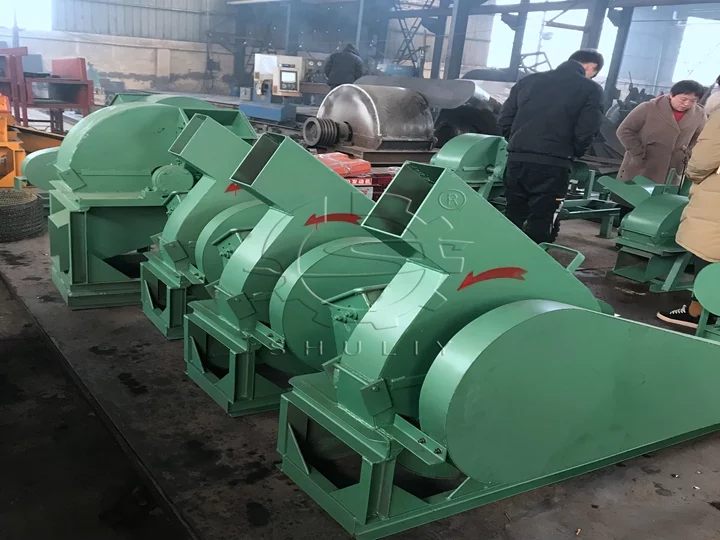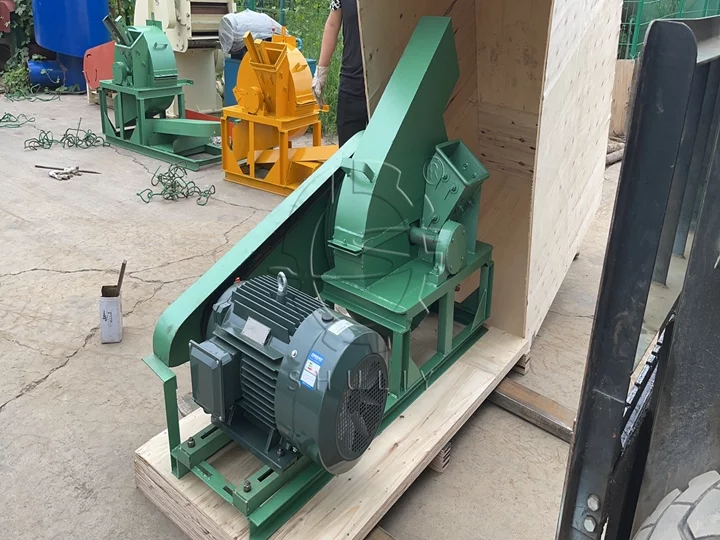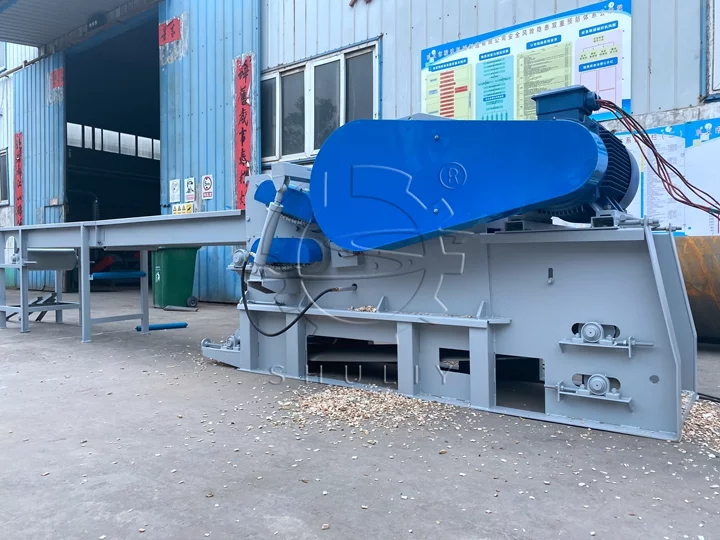Why Are Wood Chippers so Expensive?
In the world of landscaping and forestry, the question often arises: “Why are wood chippers so expensive?” This inquiry delves into a complex web of factors that contribute to the pricing of these essential machines. Let’s explore the intricacies and shed light on the key reasons behind the seemingly high costs.
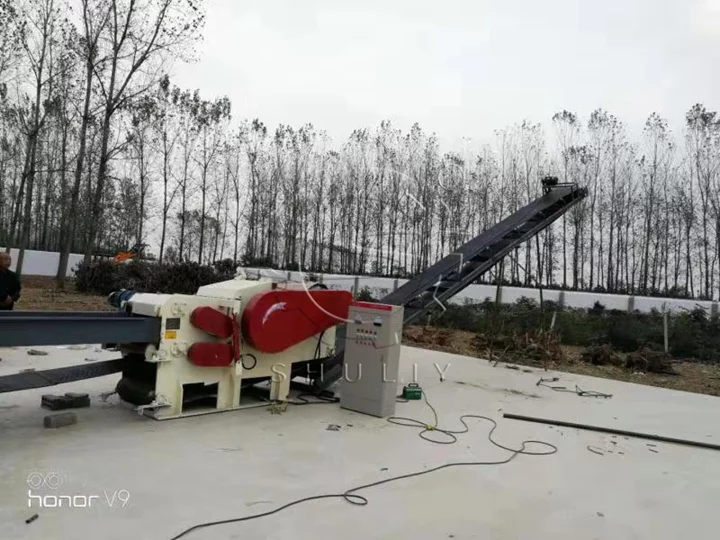
Engineering Excellence: The Heart of Wood Chippers
Wood chippers are marvels of engineering, designed to efficiently transform branches, twigs, and other woody debris into valuable wood chips. The precision engineering involved in creating durable blades, robust engines, and sturdy frames significantly impacts the overall cost. Manufacturers invest heavily in research and development to produce wood chippers that deliver optimal performance, reliability, and longevity.
Cutting-Edge Technology Drives Prices Up
Advancements in technology have led to the integration of sophisticated features in modern wood chips making machines. From self-feeding mechanisms to advanced safety features, these technological enhancements contribute to the overall functionality and efficiency of the machines. Naturally, the incorporation of cutting-edge technology adds to the production costs, reflected in the final price tag of the wood chips making machine.
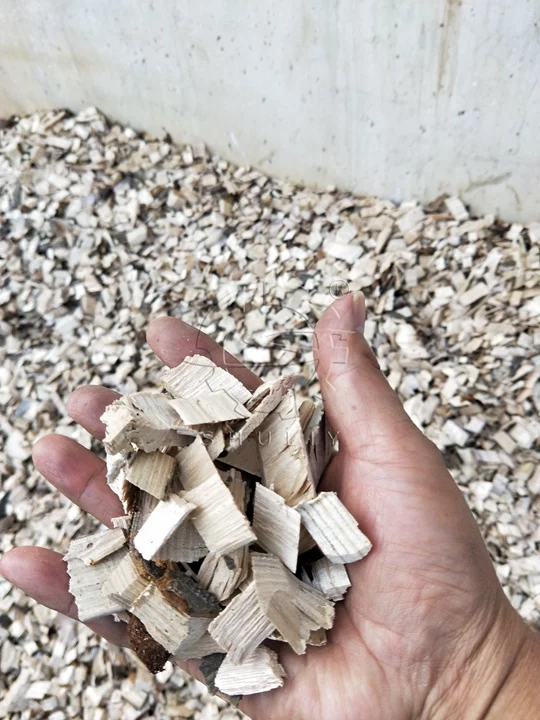
Quality Materials: The Backbone of Durability
Durability is paramount when it comes to wood chippers, as they operate in demanding environments. High-quality materials such as hardened steel for blades, robust metal for frames, and reliable engines are non-negotiable for ensuring longevity and optimal performance. These premium materials, coupled with stringent quality control measures, drive up the manufacturing costs, ultimately impacting the price consumers pay.
Safety Standards: A Price for Security
Wood chippers involve powerful machinery that poses inherent safety risks. Manufacturers are compelled to adhere to strict safety standards and regulations, incorporating safety features like emergency shut-off switches, hopper guards, and warning labels. Ensuring compliance with safety norms adds another layer to the production process, contributing to the overall cost of wood chippers.
Economies of Scale: Production Volume Matters
The production volume of wood chippers plays a crucial role in determining their cost. Manufacturers often face economies of scale challenges, especially if the demand for these machines is not consistently high. Lower production volumes can result in higher per-unit production costs, influencing the pricing strategy. Conversely, higher demand and larger production runs can help spread fixed costs across more units, potentially lowering the overall cost per unit.
Market Dynamics and Brand Influence
The competitive landscape of the wood chipper market also influences pricing. Established brands with a reputation for quality and reliability may command higher prices based on consumer trust. Additionally, market demand and supply fluctuations, global economic conditions, and external factors such as tariffs and trade policies can impact the pricing strategy adopted by manufacturers.
The seemingly high cost of wood chippers can be attributed to a combination of factors, ranging from engineering excellence and cutting-edge technology to the use of quality materials and adherence to safety standards. Understanding these intricacies can empower consumers to make informed decisions when investing in this essential equipment for landscaping and forestry.

